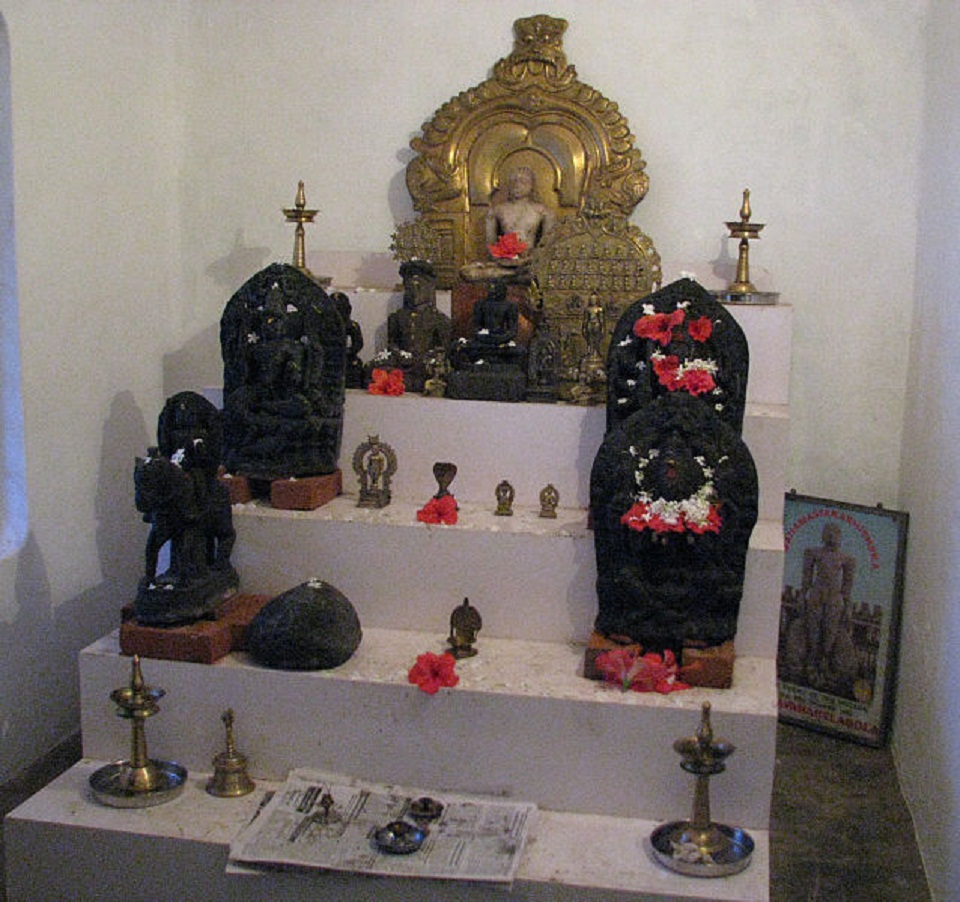Also known as Dakshin Kasi or the 'Varanasi of the South is an early Tamil Brahmin settlement (agraharam) in the Palakkad District,
Kalpathi is very famous for Kalpathi Ratholsavam, Temple car festival held annually at the Sri Visalakshi Sametha Sri Viswanatha Swamy temple where the deity is Lord Siva (Lord Viswanatha). The biggest festival of this place is the annual car festival(kalpathy theru). This is celebrated in a very grand manner.
Kalpathy is located 3 km from Palakkad town and consists of Old Kalpathy and New Kalpathy.
On the eastern side of Sree Viswanatha Swamy Temple lies the New Kalpathy Village which consisted of homes built mostly of thatched roofing. It belonged perhaps to the last batch of Tamil Brahmin migrants. Harassed by frequent fire, loss of life and property, the villagers consecrated a temple dedicated to Lord Maha Ganapathy to ward off "Sivadrishti". The idol of Mahaganapathy resting under a Banyan tree near a tank lying on the eastern side of this village (Manthakkara) was installed facing Lord Shiva (in Sree Viswanatha temple).
The residents of this village were well known scholars of Vedas & Shastras and purohits well versed in their profession. Most of the surrounding villages of Palakkad town used to depend on them for conducting the Vedic rituals. Any doubt on observations of rituals and interpretations of sastras used to be debated and decided here. This village is also the birth place of many professionals, musicians, scientists and men of letters.
New Kalpathy village was a citadel of Vedic culture and Sanathana dharma. It has produced numerous scholars of Vedas and Vedangas. They are still being remembered by villagers with reverence and devotion. Their scholarship used to be recognized by both Shringeri and Kanchi Sankaracharya Mutts. This village sent the largest contingent of delegates of Veda scholars to attend the All India Sanathana Conference held at Kasi during 1932-33
In the recent past many new housing colonies have sprung up in and around Kalpathi. One such colony is Kailas Nagar where some of the eminent citizens of Palakkad have built their homes. Kailas Nagar is also has the distinction of running a school for special children called "Chaitanya School". Mrs. BhagyaLaxmi of Kailas Nagar has taken keen interest in establishing this school and nurturing it.
Nearest town: Palakkad - 3 km
Nearest railway station: Olavakot-Palakkad - 1 km
Nearest airport: Coimbatore - 55 km
Reference:



















































